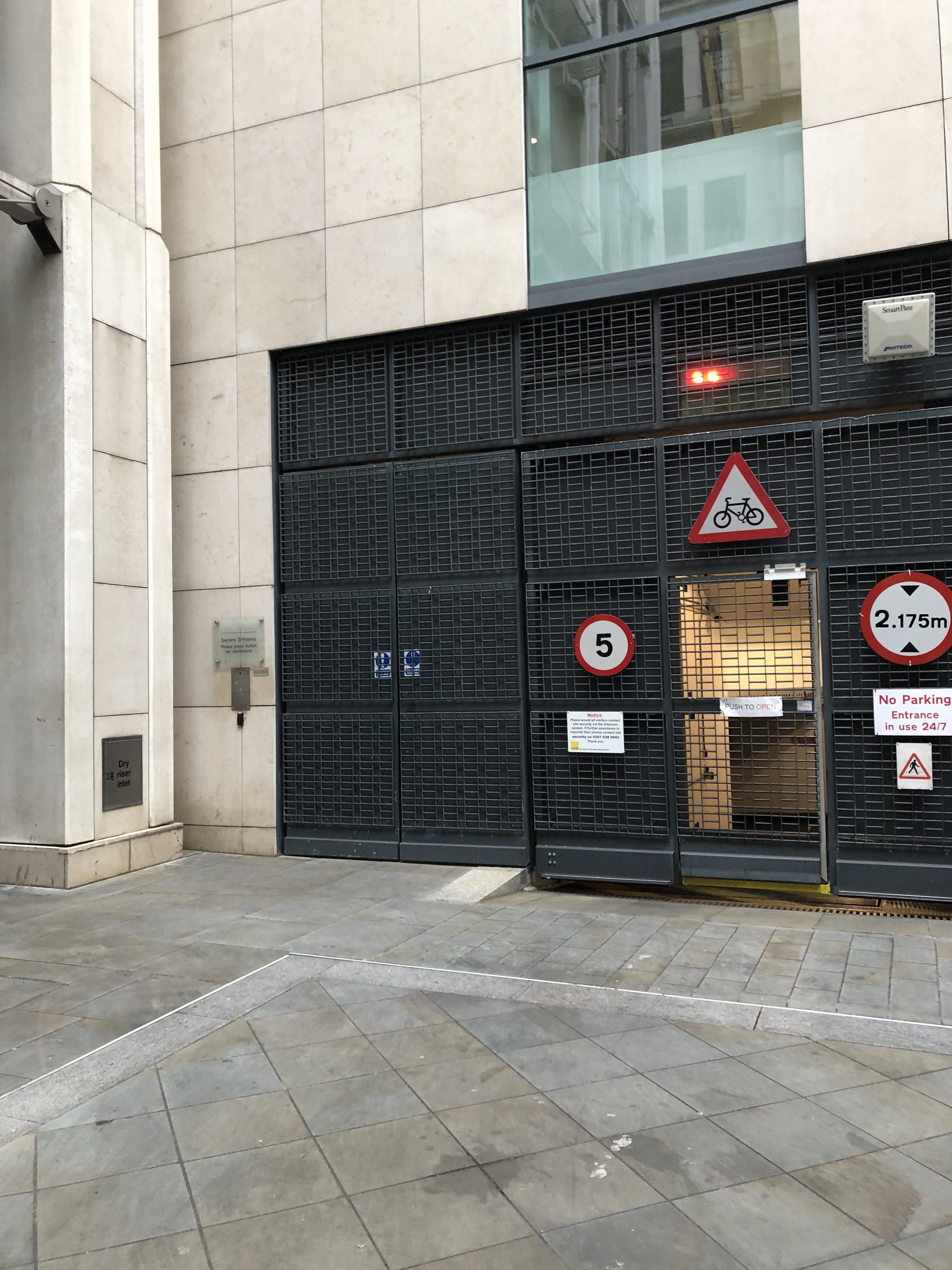Ever since I was set his selected poems for English Literature A Level, I have been obsessed with TS Eliot.
He of course spent many years in the City of London, in senior positions for Lloyds Bank, even while he was writing the Waste Land.
Several City places and objects are in his poems – such as the bells of St Mary Woolnoth which were right next to his office, and London Bridge thronged with commuters just as it is still now almost 100 years later.
Right behind my own office is an area called Austin Friars, and I took great pride and joy when in 2000 a sculpture was put up there – called “Still Point” and quoting from one of his most famous later poem sequences, Four Quartets.
The lines read
AT THE
STILL
POINT
OF THE
TURNING
WORLD
NEITHER
FLESH
NOR
FLESHLESS
NEITHER
FROM
NOR
TOWARDS
AT THE
STILL
POINT
THERE THE
DANCE IS
BUT
NEITHER
ARREST
NOR
MOVEMENT
I loved that sculpture, but one day I noticed that it was dropping forward at a crazy angle – the supreme irony of a sculpture about a still point leaning, bent and toppling over.
Shortly after it was covered with scaffolding – and then it was gone.

When I started my City guides course in 2017 I contacted the artist – Richard Kindersley, and amazingly he replied to me, explaining the following about its fate:
“Thank you for your email and particularly your interest in my standing stone
with the Eliot quotation. It is always been one of my favourite pieces, the
combination of the ancient Caithness monolith and those inspiring words from
Eliot. I’ve used his words on many occasions as I think he writes so
beautifully about the ambiguity we all experience concerning the human
spirit.
The stone is stored in a warehouse belonging to the City authorities. It has
become trapped in the labyrinth world of local government, with endless
questions as being are asked such as, who owns the stone, who will supply
the funding for reinstalling it. Is the City Cleansing department
responsible, one of their vehicles knocked it down in the first place, and
therefore will they fund reinstallation?
You might also be interested to hear that I produced the standing stone in
the centre of Aldermanbury Square as well as the 7m high totem pole of the
Seven Ages of Man located in front courtyard of the Baynard House on Queen Victoria Street in the Blackfriars area of London.”
I think it is a great shame that this piece of art is still in storage, when it could be gracing Austin Friars again, particularly as it seems that the Corporation themselves are responsible for its damage and removal.
Austin Friars is named after St Augustine and the order of monks following his precepts, and Eliot himself frequently refers to Augustine’s works in the Waste Land – these lines refer directly to the Saint’s famous Confessions (and the Buddha):
To Carthage then I came
Burning burning burning burning
O Lord Thou pluckest me out
O Lord Thou pluckest
burning
In his notes Eliot says of these lines:
From St. Augustine’s Confessions again. The collocation of these two representatives of eastern and western ascetism, as the culmination of this part of the poem, is not an accident.
Let’s hope the sculpture is returned to its original site soon – in the words of TS Eliot’s Hollow Men:
“Waking alone
At the hour when we are
Trembling with tenderness
Lips that would kiss
Form prayers to broken stone”




